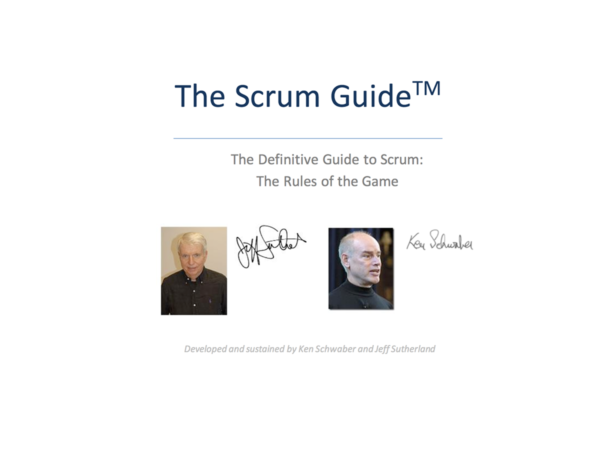
Scrum relies on transparency. Decisions to optimize value and control risk are made based on the perceived state of the artifacts. To the extent that transparency is complete, these decisions have a sound basis. To the extent that the artifacts are incompletely transparent, these decisions can be flawed, value may diminish and risk may increase.
The Scrum Master must work with the Product Owner, Development Team, and other involved parties to understand if the artifacts are completely transparent. There are practices for coping with incomplete transparency; the Scrum Master must help everyone apply the most appropriate practices in the absence of complete transparency. A Scrum Master can detect incomplete transparency by inspecting the artifacts, sensing patterns, listening closely to what is being said, and detecting differences between expected and real results.
The Scrum Master’s job is to work with the Scrum Team and the organization to increase the transparency of the artifacts. This work usually involves learning, convincing, and change. Transparency doesn’t occur overnight, but is a path.
The Scrum Guide is the official Scrum Body of Knowledge. It was written by Ken Schwaber and Jeff Sutherland, co-creators of Scrum. To access the full guide please visit it scrumguides.org